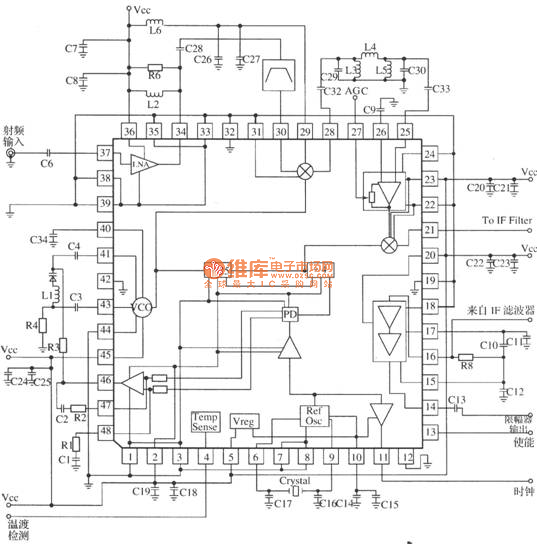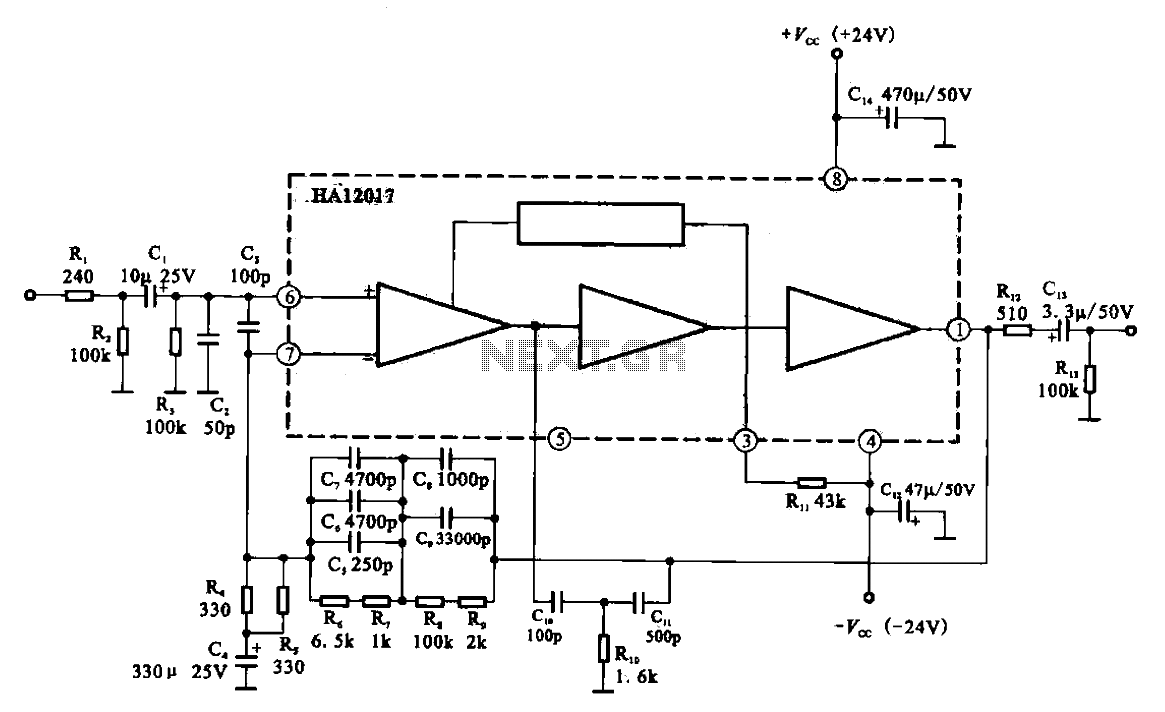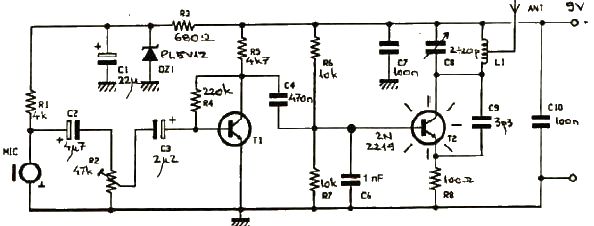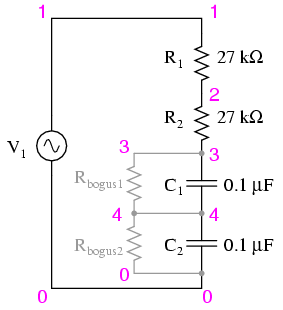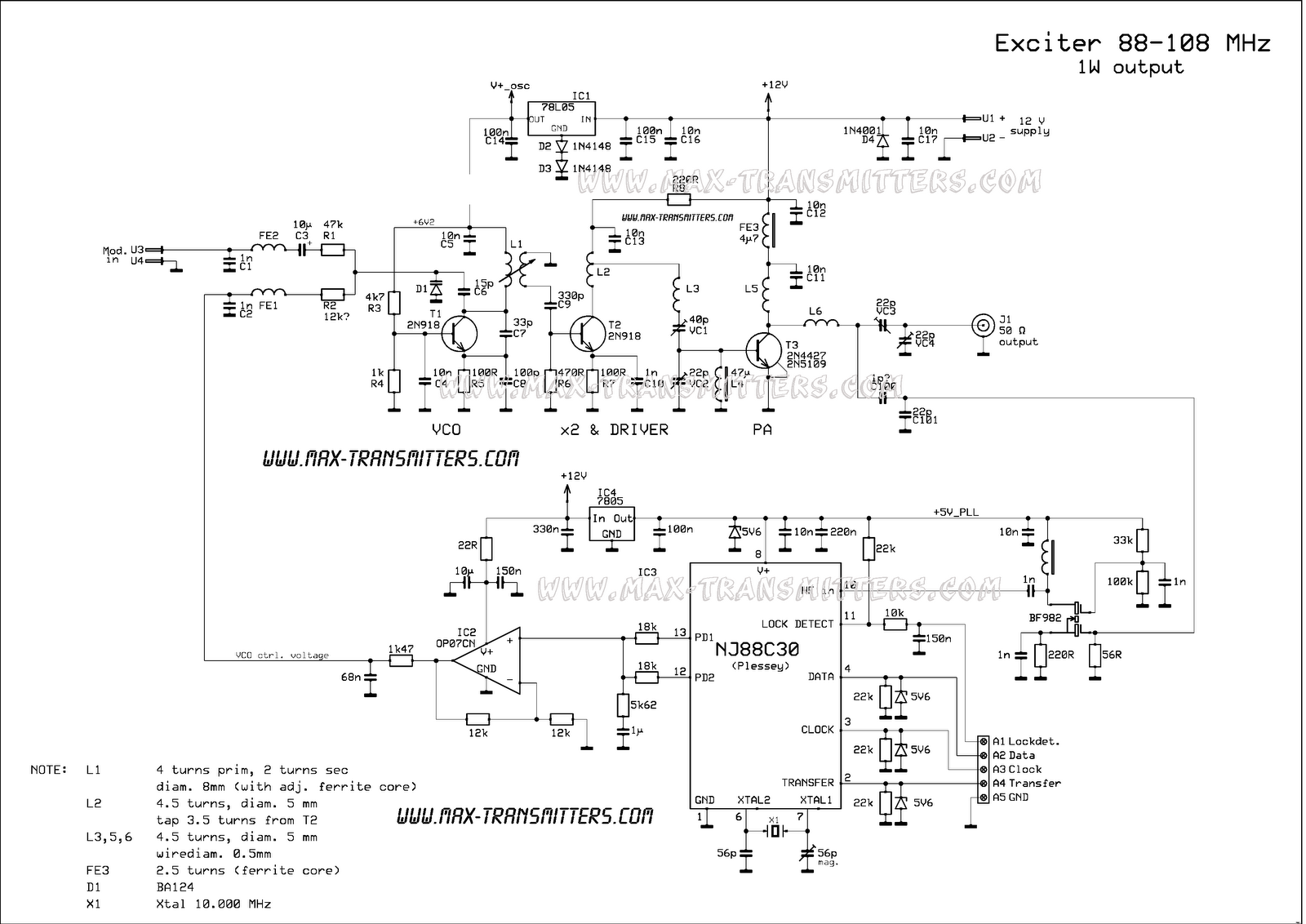
PID Temperature Control circuit schematic

Connect the components, ensuring to pay attention to the connections for the transistor. The 22-ohm load resistor and thermistor should be connected in a manner that allows for good thermal contact. Note: If using the Light Application Adapter, REFIN- is already connected to AGND. If connecting directly to the EMANT300, it is crucial that this connection is made; otherwise, the analog input measurements will be inaccurate. This connection facilitates the correct linking of the internal reference. Open the Temperature Control for Hatching Chicks VI from the PID Temperature Control folder to verify that the circuit is assembled correctly.
The circuit involves a transistor acting as a switching element, which is critical for controlling the temperature in a hatching environment. The 22-ohm load resistor is used to limit the current flowing through the circuit, protecting sensitive components from excessive current. The thermistor, a temperature-sensitive resistor, provides real-time temperature readings, which are essential for maintaining optimal conditions for hatching chicks.
Proper thermal contact between the thermistor and the load resistor is vital for accurate temperature readings. This ensures that the thermistor can detect temperature changes effectively, allowing the control system to respond to variations promptly. The connection to AGND through the Light Application Adapter simplifies the circuit design by ensuring that the reference voltage is stable, which is crucial for accurate analog measurements.
When connecting directly to the EMANT300, it is important to establish the REFIN- connection to AGND to prevent erroneous readings from the analog inputs. This connection allows the internal reference voltage to function correctly, which is necessary for the precise operation of the PID (Proportional-Integral-Derivative) control algorithm used in the Temperature Control for Hatching Chicks VI. This VI serves as a diagnostic tool to confirm that the circuit is constructed correctly and operates within the expected parameters.
In summary, careful attention to the connections and component placement is essential for the successful implementation of this temperature control circuit, ensuring optimal performance in hatching applications.Connect the components. Take note of the connections for the transistor. Connect the 22 ohm load resistor and thermistor in a way that they make good thermal contact. Note: If you are using the Light Application Adaptor, REFIN- is already connected to AGND. If you are connecting directly to the EMANT300, it is important that this connection is mad e, otherwise your analog input measurements will be wrong. This connection allows the internal reference to be connected correctly. Open Temperature Control for Hatching Chicks. vi from the PID Temperature Control folder. You will use this VI to verify that your circuit is built correctly. 🔗 External reference
The circuit involves a transistor acting as a switching element, which is critical for controlling the temperature in a hatching environment. The 22-ohm load resistor is used to limit the current flowing through the circuit, protecting sensitive components from excessive current. The thermistor, a temperature-sensitive resistor, provides real-time temperature readings, which are essential for maintaining optimal conditions for hatching chicks.
Proper thermal contact between the thermistor and the load resistor is vital for accurate temperature readings. This ensures that the thermistor can detect temperature changes effectively, allowing the control system to respond to variations promptly. The connection to AGND through the Light Application Adapter simplifies the circuit design by ensuring that the reference voltage is stable, which is crucial for accurate analog measurements.
When connecting directly to the EMANT300, it is important to establish the REFIN- connection to AGND to prevent erroneous readings from the analog inputs. This connection allows the internal reference voltage to function correctly, which is necessary for the precise operation of the PID (Proportional-Integral-Derivative) control algorithm used in the Temperature Control for Hatching Chicks VI. This VI serves as a diagnostic tool to confirm that the circuit is constructed correctly and operates within the expected parameters.
In summary, careful attention to the connections and component placement is essential for the successful implementation of this temperature control circuit, ensuring optimal performance in hatching applications.Connect the components. Take note of the connections for the transistor. Connect the 22 ohm load resistor and thermistor in a way that they make good thermal contact. Note: If you are using the Light Application Adaptor, REFIN- is already connected to AGND. If you are connecting directly to the EMANT300, it is important that this connection is mad e, otherwise your analog input measurements will be wrong. This connection allows the internal reference to be connected correctly. Open Temperature Control for Hatching Chicks. vi from the PID Temperature Control folder. You will use this VI to verify that your circuit is built correctly. 🔗 External reference
